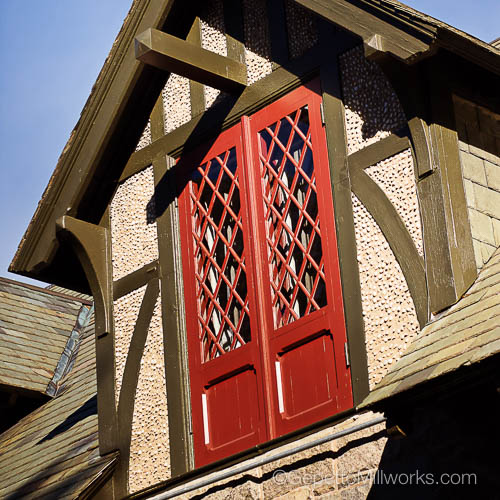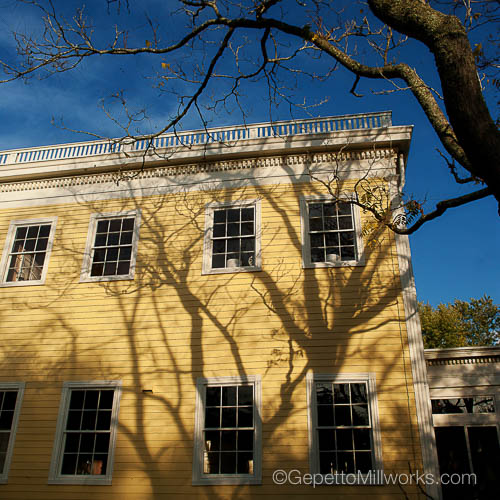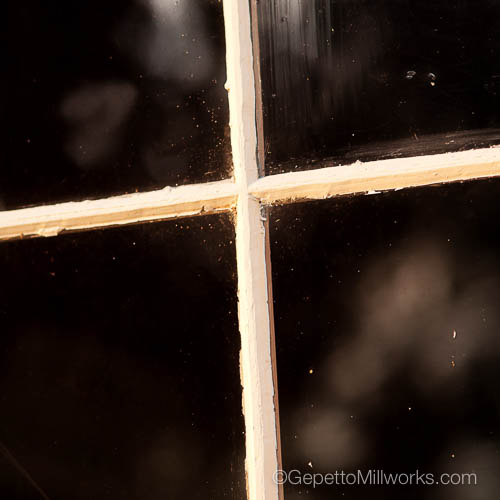
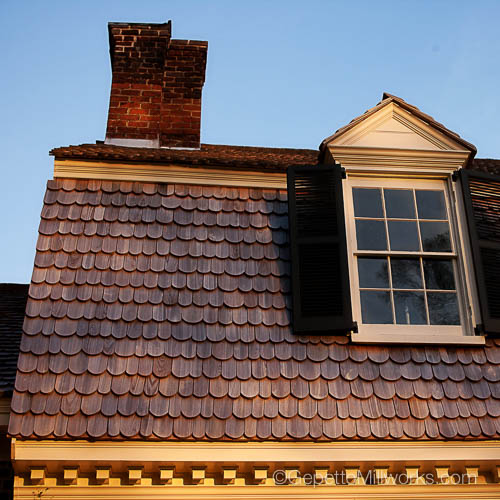
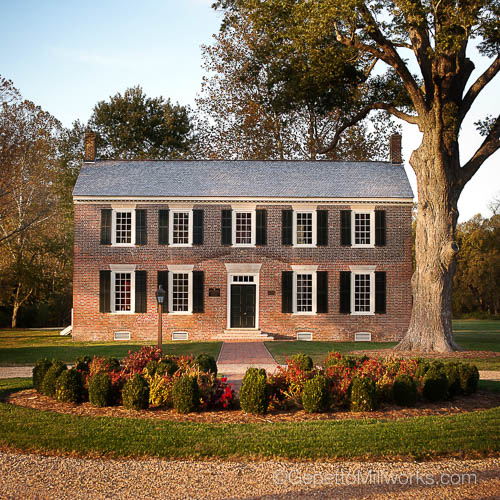
Wooden Window Renovation & Restoration
Wooden Window Energy Efficiency
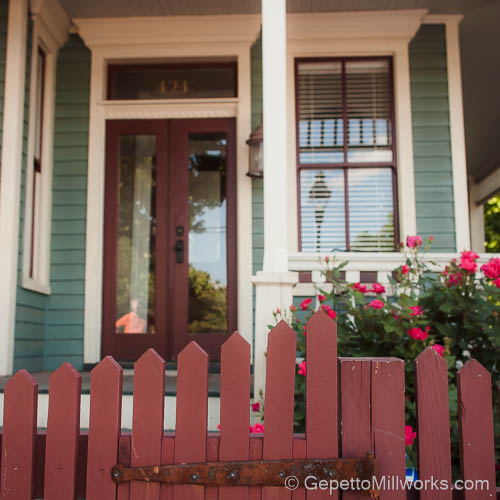
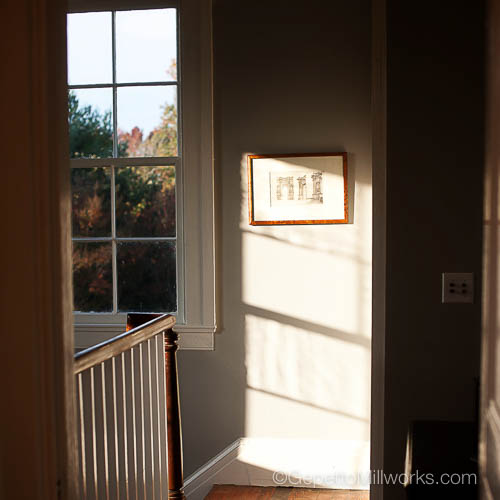
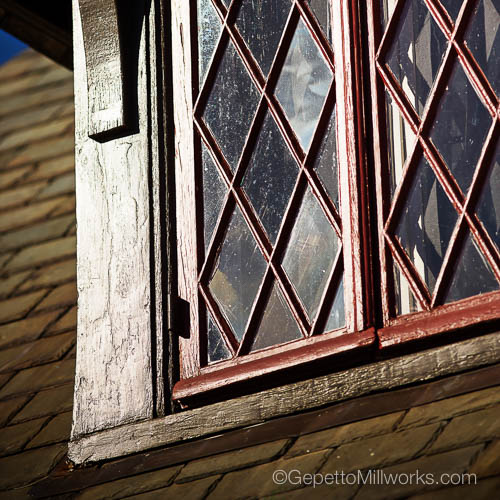
The key to successful planning for window treatments is a careful evaluation of existing physical conditions on a unit-by-unit basis. A graphic or photographic system may be devised to record existing conditions and illustrate the scope of any necessary repairs. Another effective tool is a window schedule which lists all of the parts of each window unit. Spaces by each part allow notes on existing conditions and repair instructions. When such a schedule is completed, it indicates the precise tasks to be performed in the repair of each unit and becomes a part of the specifications.
In any evaluation, one should note at a minimum:
- window location
- condition of the paint
- condition of the frame and sill
- condition of the sash (rails, stiles and muntins)
- glazing problems
- hardware, and
- the overall condition of the window
(excellent, fair, rot in bottom stile, etc.)
Historic Replacement Windows
Windows are not only functional elements in a building but also serve as aesthetic highlights, especially in historic structures. The South East United States boasts a rich architectural heritage, and preserving the authenticity of historic buildings is of paramount importance. In this article, we will explore the world of unique wooden window makers in the South East US, with a special focus on Gepetto Millworks. We will delve into their job history and qualifications, highlighting their notable contributions to the restoration of the Montgomery Building in Spartanburg, SC, and the Bull Street District Mental Hospital renovation in Columbia, SC.
Historic windows play a vital role in preserving the authenticity and character of a building. They often possess unique architectural features and craftsmanship that reflect the era in which they were built. Maintaining and restoring these windows require specialized skills and an understanding of historical preservation techniques.
Gepetto Millworks is a renowned window maker based in the South East US, specializing in crafting unique wooden windows for historic structures. With their unwavering commitment to quality, craftsmanship, and attention to detail, Gepetto Millworks has established itself as a leader in the field.
Job History and Qualifications of Gepetto Millworks:
The Montgomery Building, located in Spartanburg, SC, is an iconic landmark with a rich history. Built in 1924, it was the first high-rise building in Spartanburg. Gepetto Millworks was entrusted with the task of restoring and replicating the building’s historic windows, ensuring the preservation of its original character. With their extensive knowledge of period-specific window design and construction techniques, Gepetto Millworks successfully recreated the windows, seamlessly blending old-world charm with modern functionality.
Virginia Window Restorers
- Richmond VA Window Rehabilitation
- Alexandria Old Window Restorers
- Charlottesville Restoration Services
- Fredricksburg Window Experts
- Norfolk Historic Window Repair
- Harrisonburg Window Rot Rescue
- Staunton VA Window Rehabilitation
- Lexington VA Window Contractor
- Roanoke VA Rehabilitation Contractor
- Lynchburg VA Historic Window Services
- Washington DC Historic Windows
- Portsmouth VA Old Window Restorer
- Arlington VA Historic Window Builder
Historic Replica Windows Made to Order
Southeast US Window Rehabilitation
- Greensboro NC Window Restoration
- Durham NC Wood Window Repair
- Raleigh NC Historic Window Rehabilitation
- Outer Banks Historic Home Restorers
- Henderson NC Window Rot Repair
- Winston Salem NC Rehabilitation
- Columbia SC Historic Window Restorer
- Spartansburg SC Wood Window Builder
- Charleston SC Historic Window Contractor
- Savannah GA Historic Window Services
- Ashville NC Old Window Restorer
- Virginia Wood Window Restoration
Wooden Window Fabrication


